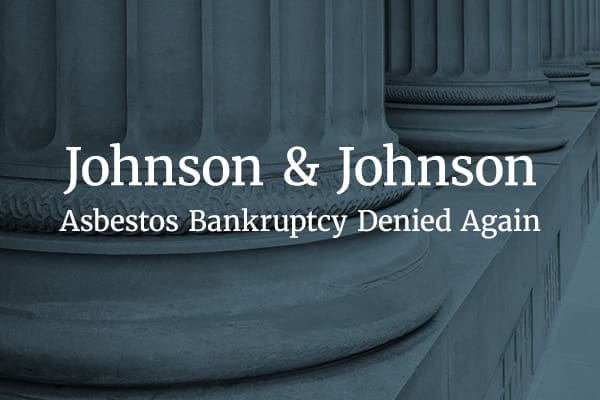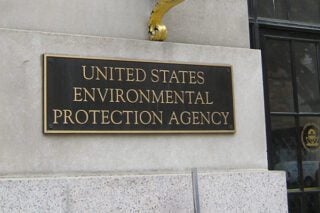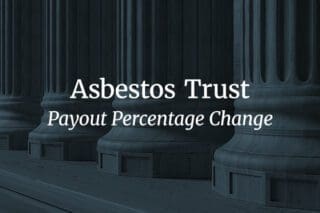
In July, a judge denied Johnson & Johnson’s (J&J) second attempt to resolve its asbestos liabilities in bankruptcy court. The latest rejection means the company still faces thousands of lawsuits related to asbestos-contaminated talc products.
This new development is only the latest in an ongoing story. Despite its failures, J&J officials say it will continue pursuing its bankruptcy strategy. Meanwhile, thousands of people are waiting to see if they can go forward with asbestos lawsuits that J&J’s bankruptcy filings put on pause.
Before Filing for Bankruptcy: J&J Ignores Danger of Asbestos in Talc
Talc is a mineral often found near asbestos. During the mining process, talc can be contaminated by asbestos. Publicly available, scientific evidence of asbestos in talc products has existed since at least 1976. As a 2018 Reuters report revealed, J&J knew about asbestos in their talc products as early as 1971. Despite this, company officials deny any of its products contained asbestos.
After the public revelation of talc’s potential danger, thousands of people filed lawsuits against J&J. These lawsuits allege exposure to asbestos-contaminated talc caused mesothelioma, ovarian cancer and other cancers. To resolve the lawsuits, J&J looked to bankruptcy court.
First Bankruptcy Attempt: J&J Tries a “Texas Two-Step”
J&J has a net value of hundreds of billions of dollars. Despite this, J&J filed for bankruptcy in 2021 using a controversial legal maneuver called the “Texas Two-Step.” The two steps are:
- Step 1: Create an underfunded subsidiary company and offload asbestos liabilities into it.
- Step 2: Have the subsidiary file for bankruptcy, citing lack of funds to cover liabilities.
J&J’s subsidiary, LTL Management LLC, filed for bankruptcy two days after its creation. Soon after, legal scholars began to express concerns about the company’s strategy. Several stated that the strategy threatened to undermine the integrity of the bankruptcy system. It would essentially allow companies to set the terms of how much compensation they are willing to pay victims.
In January 2023, an appeals court judge dismissed J&J’s bankruptcy case. He stated that the company was not in a high enough state of financial distress to warrant bankruptcy reorganization.
Second Bankruptcy Attempt: J&J Proposes a Trust Fund
Soon after the dismissal of their first bankruptcy case, J&J came back with a new strategy. Looking to bankruptcy court again, company officials proposed setting up an $8.9 billion trust. Under the proposal, J&J’s asbestos victims would receive compensation from the trust.
Asbestos trust funds are commonly created during asbestos company bankruptcy proceedings. They provide a way for present and future victims to get at least some compensation from a company. Trust fund payouts are often significantly lower than mesothelioma lawsuit settlements and verdicts.
This time around, the U.S. Department of Justice’s (DOJ) bankruptcy watchdog called for the court to dismiss J&J’s proposal. Attorneys for asbestos victims also encouraged the bankruptcy court to dismiss the second filing.
In July, the judge dismissed the second filing, citing the same reason given for rejecting the first bankruptcy proposal.
What’s Next for the J&J Bankruptcy Saga?
J&J officials say they plan to appeal the new decision. Asbestos victims and the DOJ want J&J banned from filing again for at least the next six months. The judge in the case has rejected this proposal.
In the meantime, some lawsuits may be allowed to continue. Most cases have been on pause since the first bankruptcy filing. But, in July, one case was allowed to go to trial. A jury awarded the victim $18.8 million.
The United States Senate is also taking a look at the “Texas Two-Step” maneuver. In September 2023, the subcommittee on federal court oversight held a hearing called “Evading Accountability: Corporate Manipulation of Chapter 11 Bankruptcy.” During opening remarks, Senator Sheldon Whitehouse was critical of the maneuver and indicated that he wished to prevent its use.




